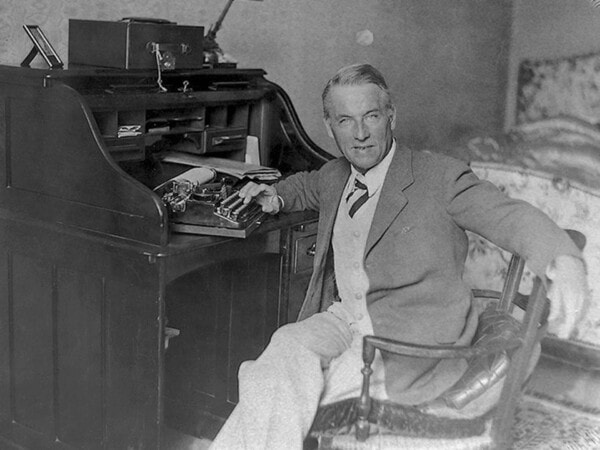Although we followed Namgyel’s guidance and arrived early to get to a good seat at the country’s largest and most popular cultural festival, throngs of Bhutanese and small groups of tourists were already crowding into Paro Dzong ahead of us.
Bedazzling. We’d seen photos of the elaborate pageantry at the Paro Tshechu and Namgyel had told us that the Bhutanese from all walks of life in the region come dressed in their finest traditional ghos and kiras and best jewelery. Still, we were blinded by the brilliance of patterns and colours. A kaleidoscope of vermilion reds, regal purples, saffron yellows and turquoise blues—outdazzled, we soon saw, by the exotic costumes, headdresses and masks of the festival dancers in this cultural extravaganza.
We moved with the crowds into the exterior courtyard where the performance had begun. Most Bhutanese, like the two of us, aren’t that tall, so it was easy to see. Except when my eyes were at the armpits of German tourists wielding foot-long camera lenses above my head.
Namgyel, our sociable young guide, was leading the way, stopping to greet friends calling to him from every corner. “Don’t worry about us, we’ll find a place on our own,” Magellan told him.
Paro Tshechu is an annual festival with a centuries-long tradition. It began in 1644 as a consecration ceremony for the Paro Dzong and a tribute to the Tibetan saint, Guru Rinpoche, who brought Buddhism to the Thunder Dragon Kingdom in the eight century. Held for five days in springtime, Paro Tshechu always begins on the auspicious tenth day of the second Bhutanese lunar month. This year, it’s on March 27.
It is said that when Guru Rinpoche went to Bhutan, he presented the Buddha’s teachings to the local gods by performing chams, a series of “masked dances.” Most Bhutanese have a deep spiritual connection to Guru Rinpoche and try to attend a tshechu at least once in their lifetime; many go annually. Every major place in Bhutan holds an annual tshechu. They’re big social occasions where people come prepared to stay all day and often return the next morning. The Bhutanese believe that watching the constant stream of monks and community dancers enact the symbolic oral history of ancient Buddhist mythology is essential to gaining enlightenment.
We kept moving around, trying to find a good spot to watch the ritualistic dances. Trumpets droned, drums beat, cymbals clashed, yak horns bellowed, flutes sang, hand bells tinkled and dancers with scary masks made slow, deliberate paces, stretched their arms, flicked their wrists and then suddenly broke the tempo by leaping into the air and twirling like dervishes, a dramatic cacophony that’s supposed to tame evil spirits and harmful deities.
For more than two hours, we sat on the ground, moving around from time to tome to get a better vantage point for the performance or capture its rapturous affect on the faces of the locals.
With all the colour and excitement, we’d failed to notice the police in their dark blue uniforms. They weren’t there to control the crowds; everyone was attentive and even the children were well behaved. Their job was bum control—the police made sure that everyone who wanted a seat got one. I honestly don’t know how we found this out (or if we made it up) but in my diary I wrote, “The bum police dictate that each person has 200 square inches to sit on.” More like ushers than police, their pleasant enforcement works.
Following a fixed sequence of dances, the tshechu at Paro Dzong begins with monks performing the Dance of the Lord of Death (Shingje Yab Yum). I’m not sure if we saw this or not! Next is the Dance of the Lords of Cremation Grounds (Durdag). For certain, we saw the Dance of the Black Hats (Shanag), which carried on for two hours. All an enchanting mystery to us.
We thought we knew what the jesters, with their wooden face masks, hawkish noses, clownish grins and big penises on their caps, were up to with their teasing, entertaining and occasional lewd dancing. Turns out there’s more to atsaras than that according to Ms Lies Ouwerkerk in Traditions Abroad. “…one explanation for their burlesque appearance is, to remind us that we can reappear in any possible form in the future. Others suggest that they act and dress this way to show the true path of enlightenment in a humorous way, or to uproot evil from the mind of mortals with the power of humor. However, the atsara is more than just a symbol or jester who brings happiness to his spectators. Usually he is, if not an accomplished dancer, at least very knowledgeable about all the dances, their movements, rituals, and sequences. His responsibilities can vary from getting dancers quickly on track when they make mistakes or helping them to adjust their attire, to explaining the meaning of masks to spectators, helping to control the crowds, or entertaining them in between dances when performers are still in the changing room.”
The Calgary Stampede. The Passion of Christ. The Rose Bowl. The Bastille Day Military Parade. The Lantern Festival. All around the world people tell their stories. What’s unique at Paro Tshechu is a transcendent display of kinship.
Navigation
Wind Horse Tours, with an office in the US and in Bhutan (as well as other countries), provided extraordinary service from the moment we emailed them to the follow-up enroute and when we arrived home.































6 Responses
Simply amazing…colours, sound, dance, people. Thanks!
Thanks, enlightening isn’t it?
Very interesting
You were so close that you quickly made friends with whoever was sitting beside you!
Thanks for the video! So interesting to partake in the
celebrations of different cultures.
On the last full-day of our tour of Bhutan, it was the perfect climax of exposures to a unique society.